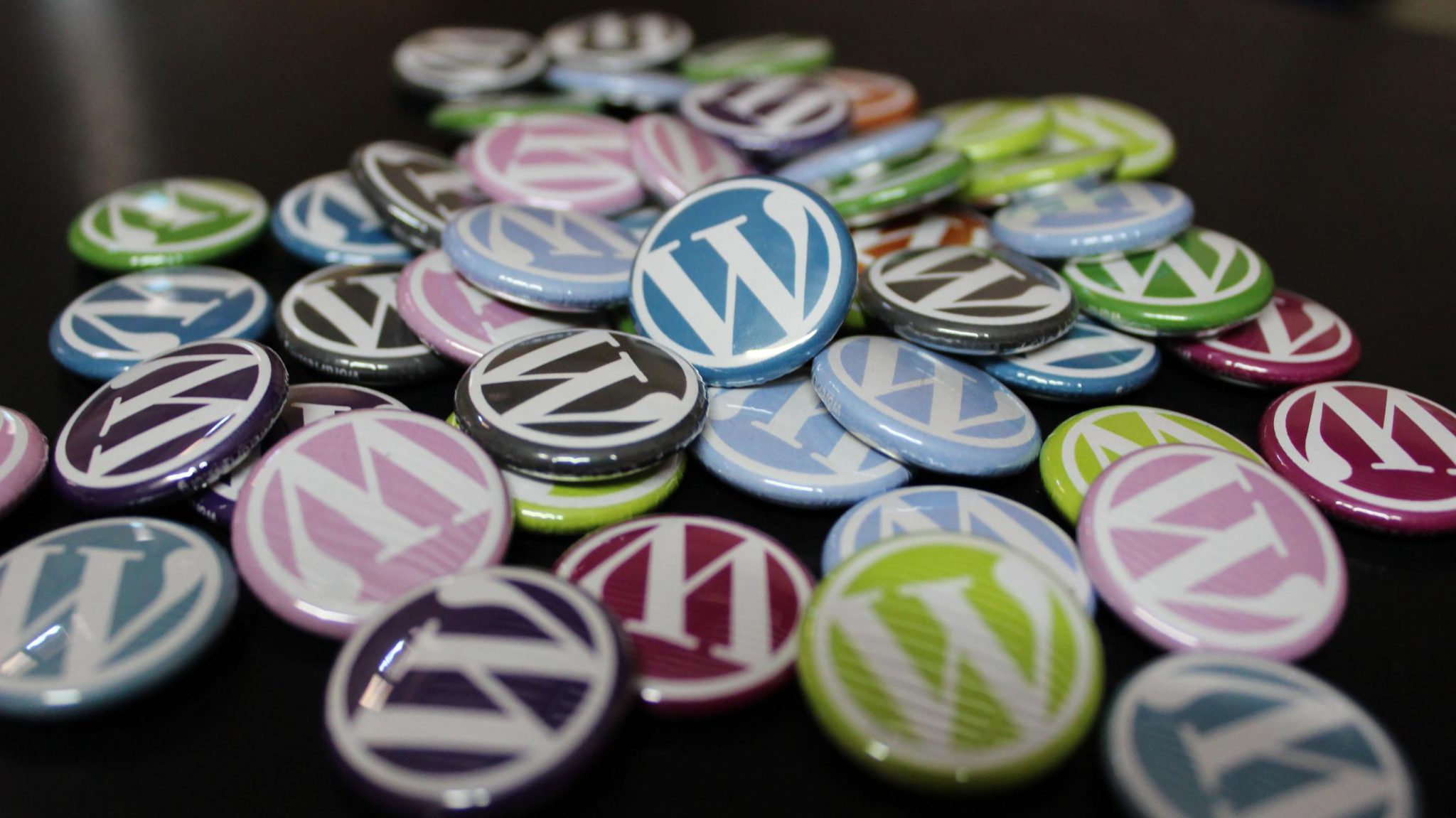It is possible to create a network of sites associated with the same WordPress installation natively. Managing this network can quickly become chaotic. I have three tips for you.
Do not install plugins or themes that you are not going to use
Just like in a normal simple WordPress installation, in a WordPress multisite, it makes no sense to have plugins or themes that are inactive or that very few sites are going to use.
It’s tempting to offer a lot of options to your network users, but this can make it very difficult to maintain and support.
I recommend keeping only those plugins and themes that really solve or extend your network’s essential functions. Try not to have “repeated” or very similar plugins or themes.
Adding plugins or themes to a network can open the possibility that other administrators want to use them or consider them as approved resources when this is not always the case.
It is common to install plugins that are supposed to be used somewhere on the network but that are never configured. Make sure they are really being used.
Do not activate plugins globally for the entire network
Although there are plugins to track which plugins or themes the sites on your network are using, these are useless if your plugins are activated for all sites.
Furthermore, having a plugin activated globally does not always ensure that it is working; many times, plugins require specific configurations at the site level.
It is best to review what requirements each site will have to activate its corresponding plugins only when they are needed. If they are not needed after a while, it is better to deactivate them.
Some plugins only work if they are activated for the network. If they perform specific temporary tasks, consider removing them. Having a list of useful plugins in a note will always be safer than having them installed.
There are some exceptions, such as certain caching or antivirus plugins, that may be worth always having activated for all the sites.
Pay special attention to user roles
The ability to manage a single WordPress installation is similar to, but not the same as, managing a WordPress network.
An admin user for a site within a network can activate but not install new plugins. If the user only needs to add content, the editor role may be more convenient than the admin.
Be extremely careful when granting super admin privileges. This role can do everything, including creating new sites and adding plugins. Do you really need someone to have access to adding plugins for your entire network all the time and make them available to every site?
Conclusion
Managing a network of sites with WordPress is relatively easy and convenient. It is more suitable for larger teams and more people than a single site setup.
Considering the needs of each site can allow us to manage only the necessary resources for the projects that the network will host.
Assigning user roles appropriately can greatly facilitate the use of the platform for both administrative and technical staff.


Leave a Reply